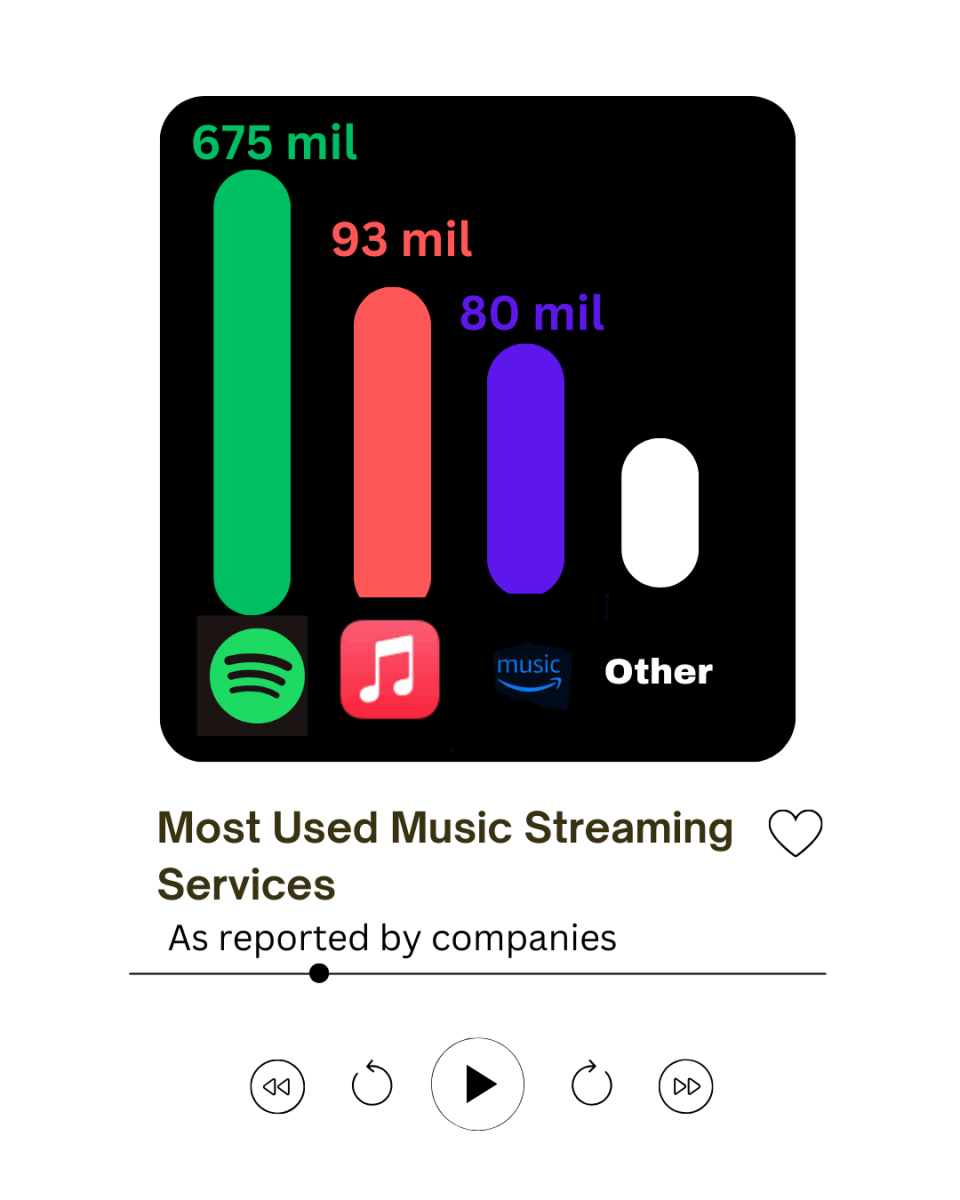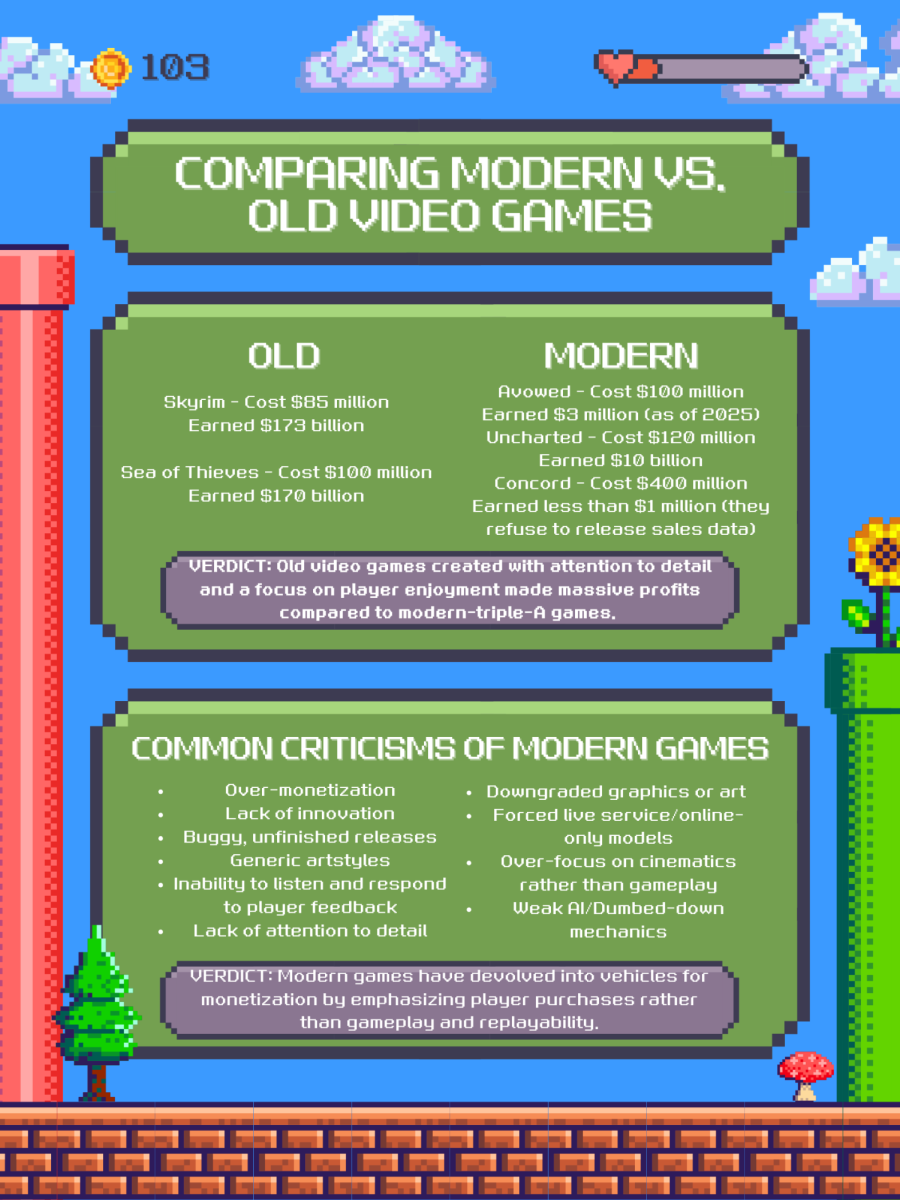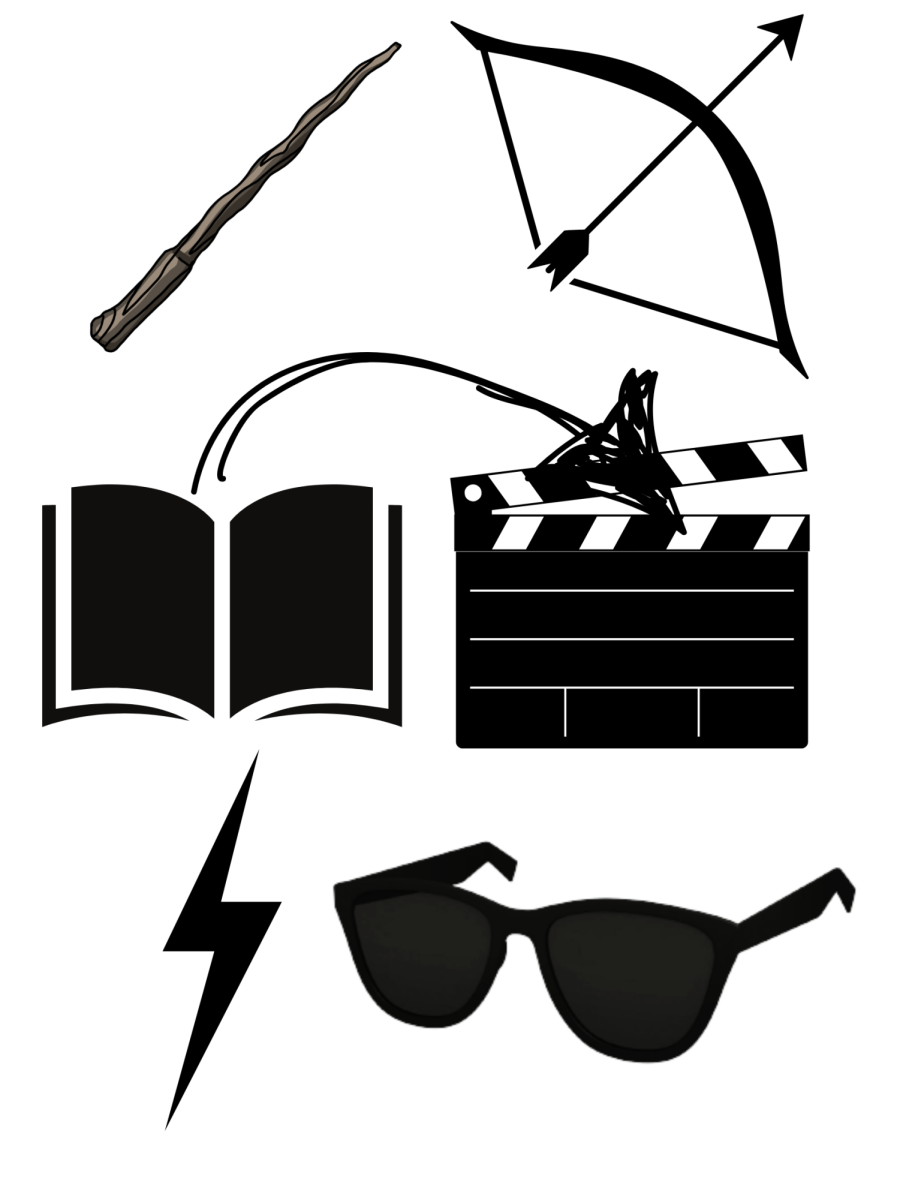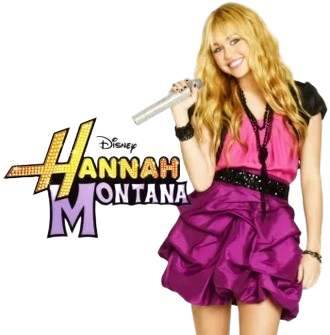Whether or not literature is your favorite class, it’s a high school subject that, here at LHS, is required all four years. Most lit classes at LHS have a set of general in-class readings that the different grade levels cover each year; for example, freshmen read Shakespeare, sophomores read Medea, and so on. These are all great literary works of art that (usually) carry an extremely deep moral lesson. That being said, most of the in-class novels, no matter how well-written, have one common factor that they all share: they’re just so depressing.
Popular topics range from war to death, destruction to suicide, and heartbreak to brutality. Take the well-known, tragic love story of Romeo and Juliet, for example. Throughout the whole book, the reader roots for young love (even though Romeo and Juliet moved way too fast and their relationship is totally irrational), just to have their hopes crushed by the imminent suicide of the main characters.
Though high school students, in theory, should be old enough to understand these things, it doesn’t change the fact that reading about someone’s brutal or untimely death is a bit of a downer on your supposedly positive day at school.
You’d think that our school reading lists would have evolved more into modern reading and learning about problems that students are facing today, like the stress put on students to be successful or something as simple as unhealthy relationships in daily life.
Though classic novels are important to learning about history and exploring authors from the past, reading the same morbid books that our parents and even grandparents have read is, ironically, nothing new. Literature classes don’t do a great job taking into account more upbeat, positive books that could still carry a strong message. For example, most mystery novels are so focused on finding the culprit to be overly depressing, and mysteries are good ways to get students involved in the story with the who-did-it attitude. Some romance or realistic fiction novels that don’t end in death are a nice alternative and can teach students good life skills and how to cope with things going on outside of the classroom; a book like Stephen Chbosky’s The Perks of Being a Wallflower serves as a good example of this. Also, a nice comedic novel, like Douglas Adams’s The Ultimate Hitchhikers Guide to the Galaxy, even if centered around a struggle, never hurt anyone and would most likely intrigue students to actually read the book if a bit of humor was thrown it.
I think the school book lists need to be reevaluated and really needs to take into account the audience it is targeting. Teenagers don’t generally care that much about all the death and despair, especially when reading story after story with it as the main theme, and lit teachers would have a much better connection with their students through novels that students could actually relate to.








